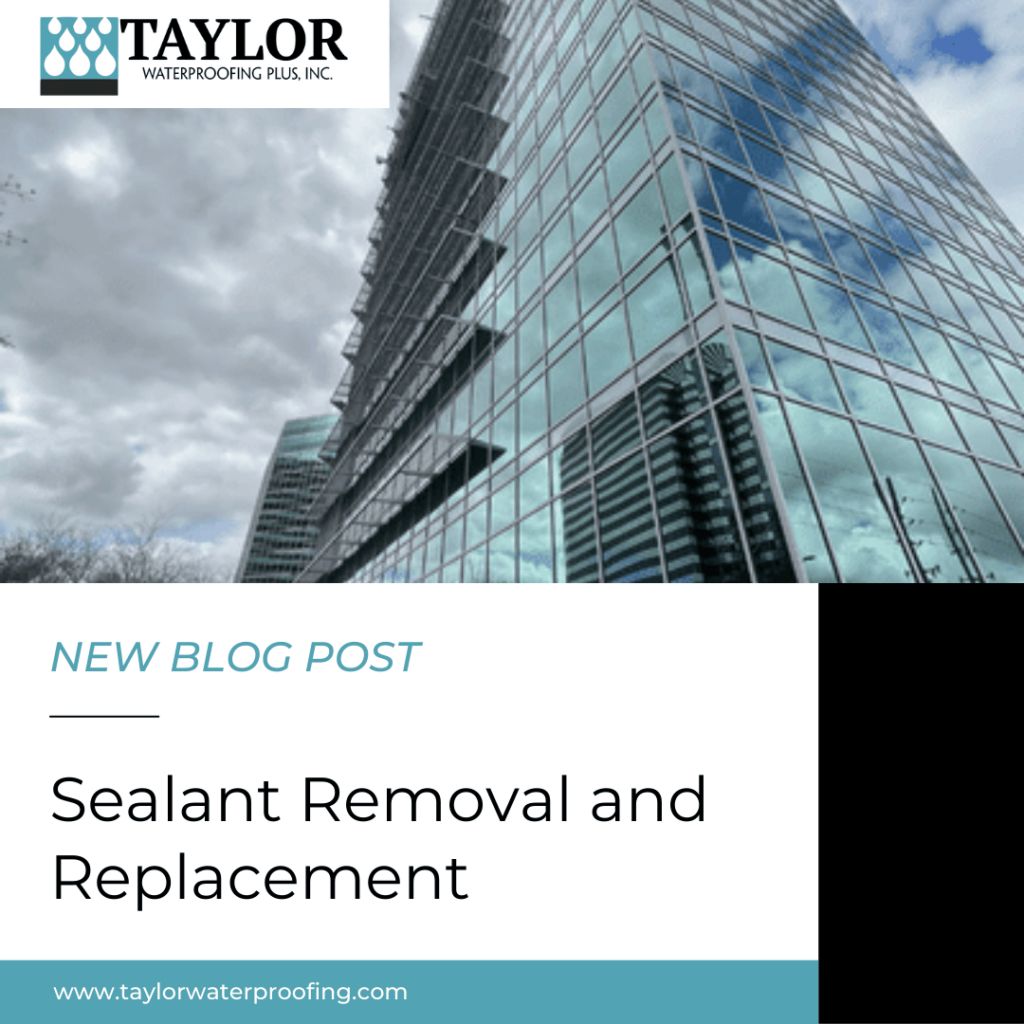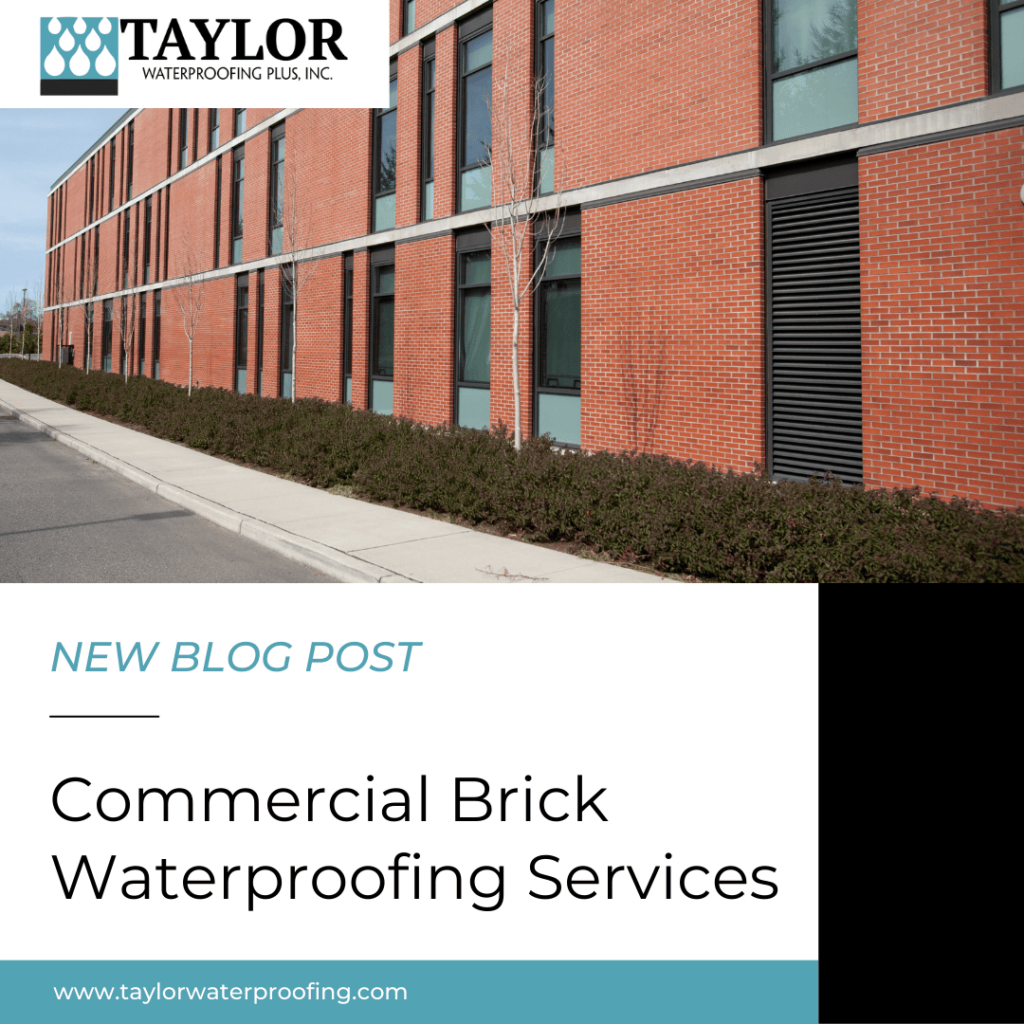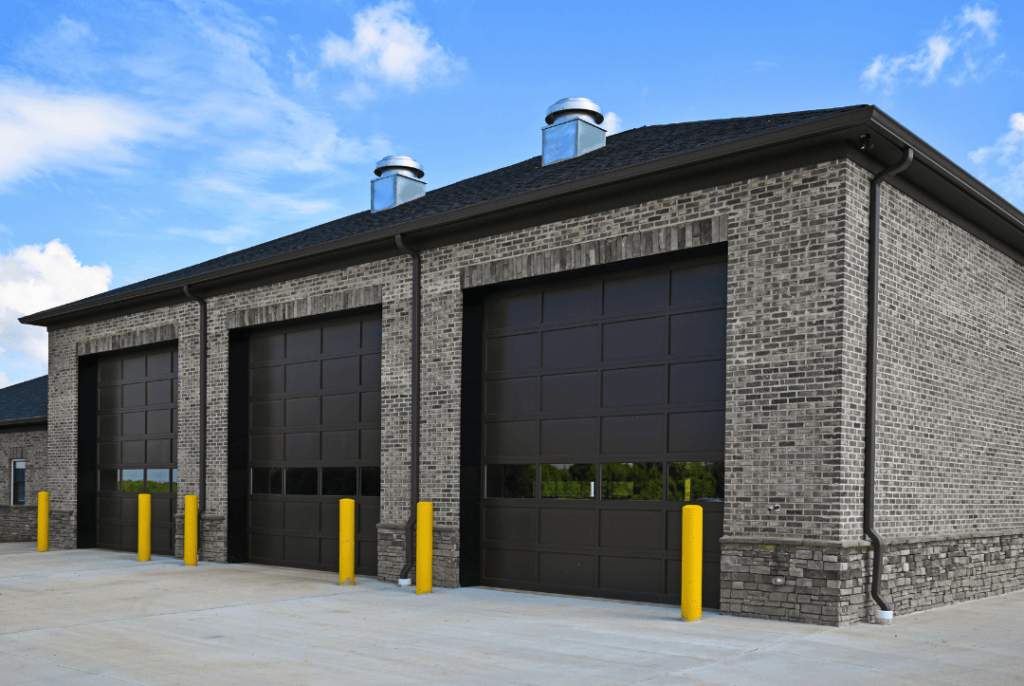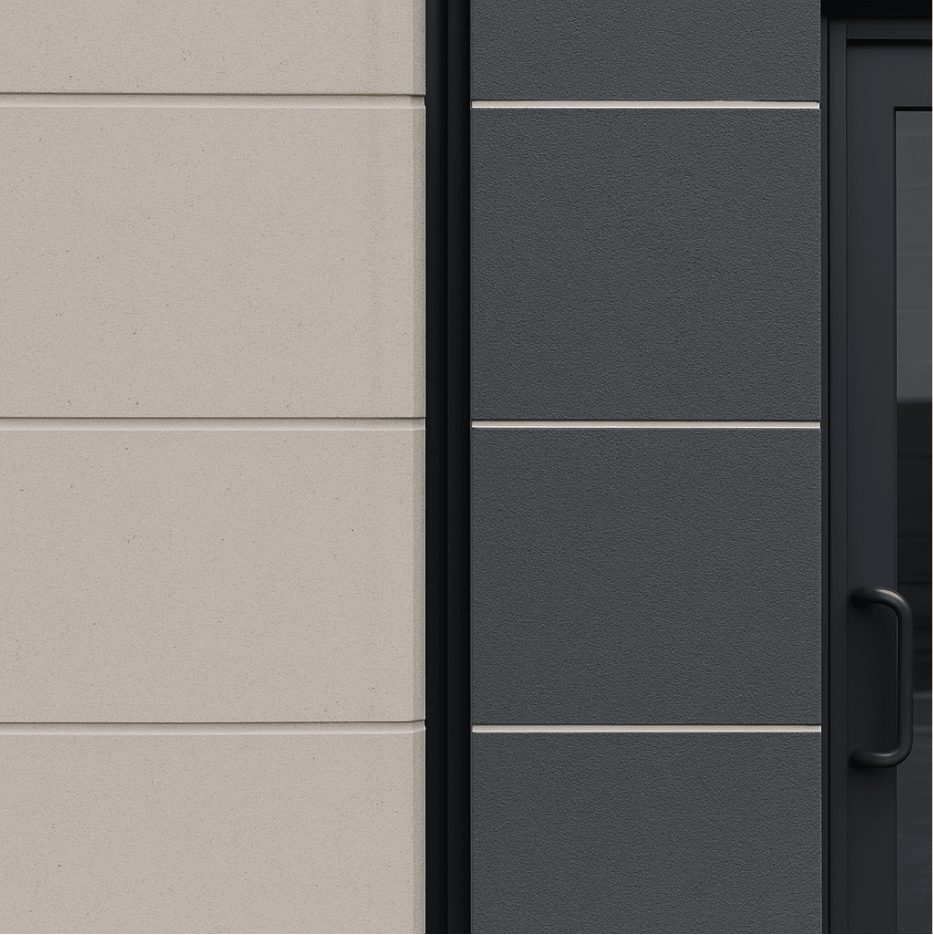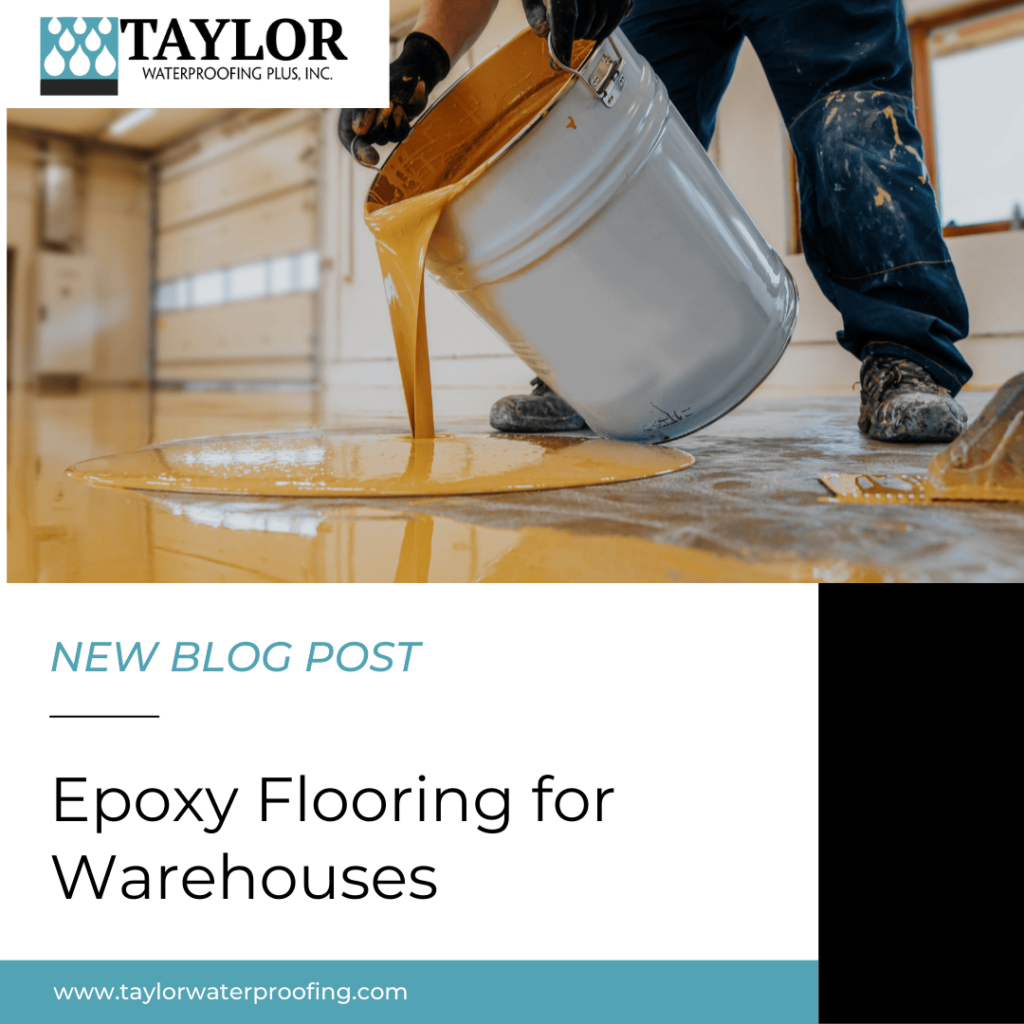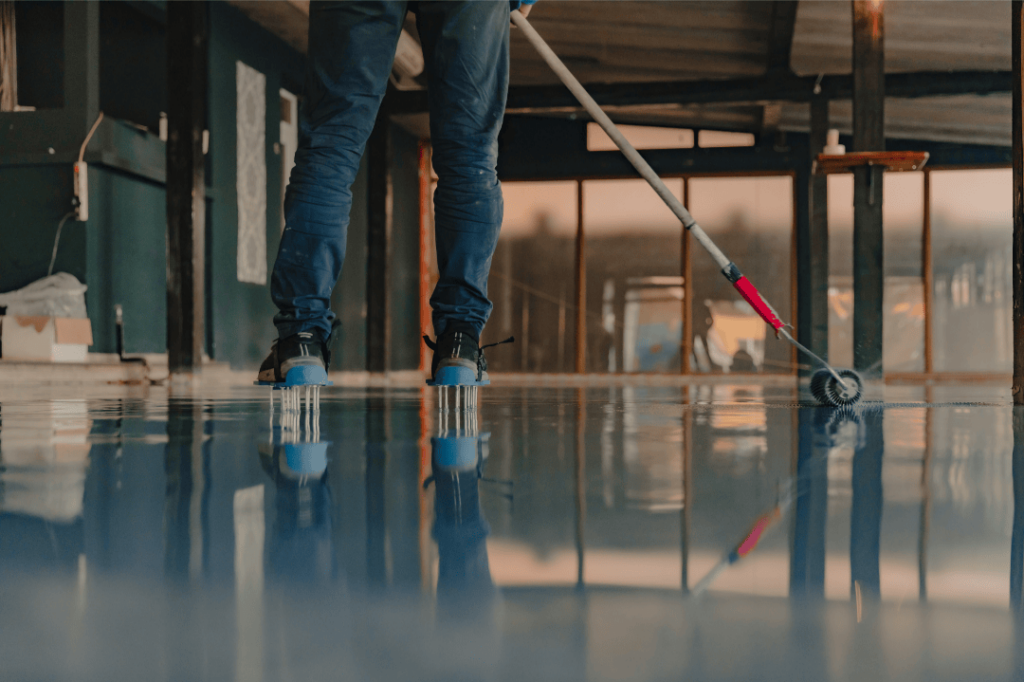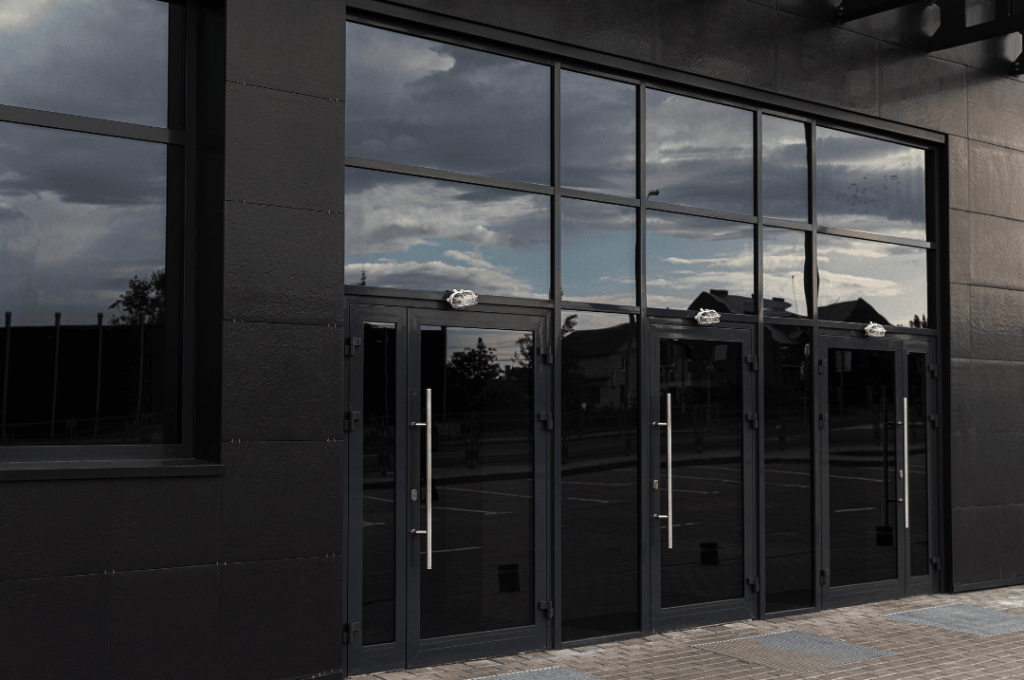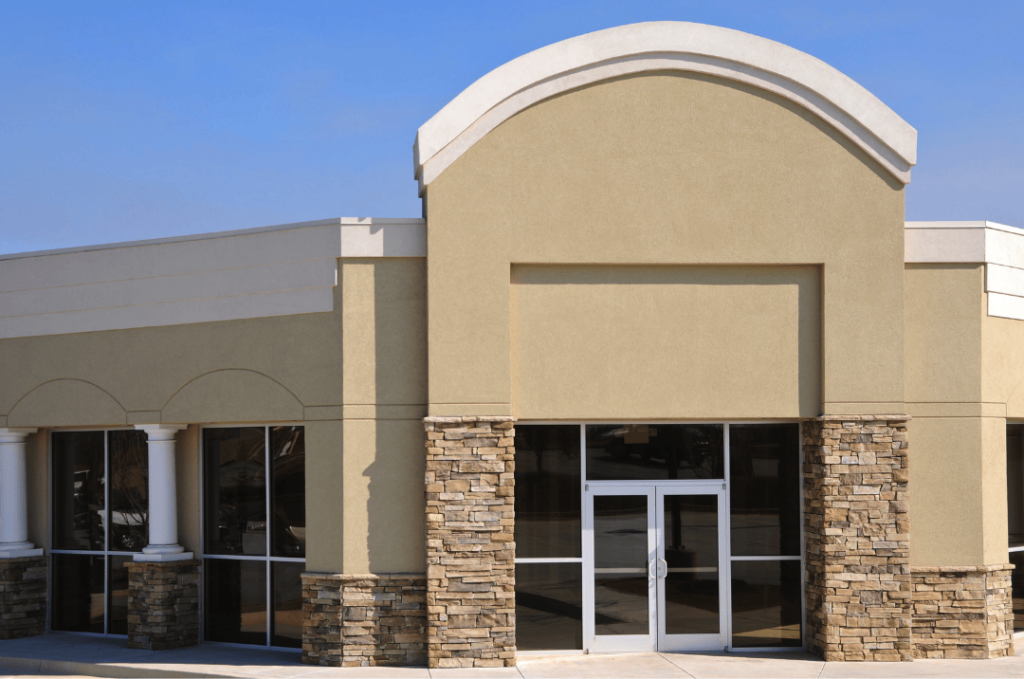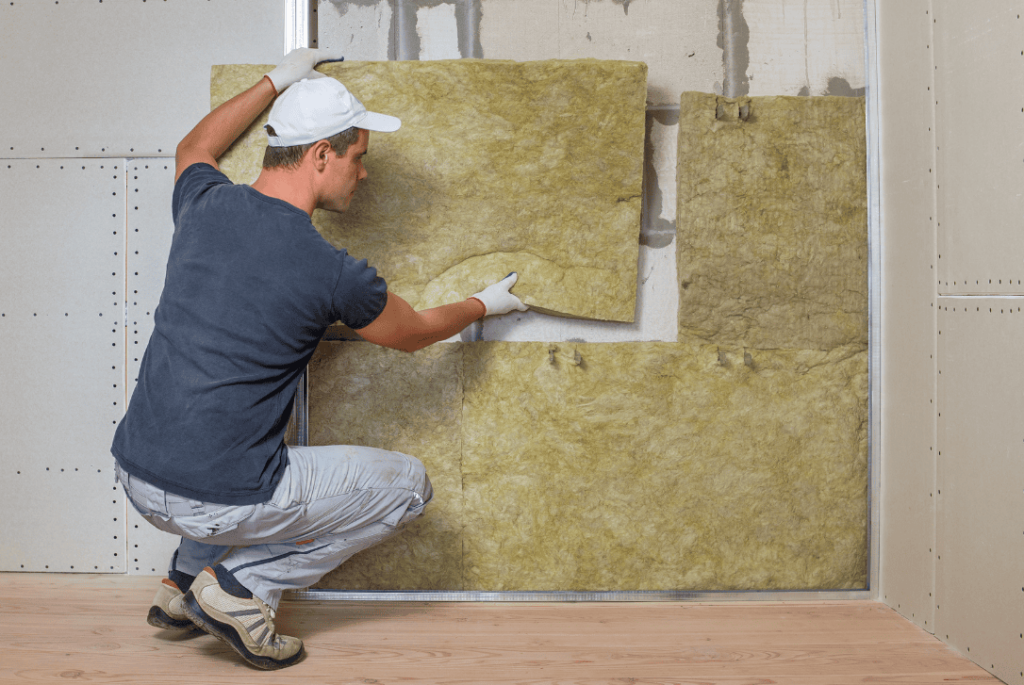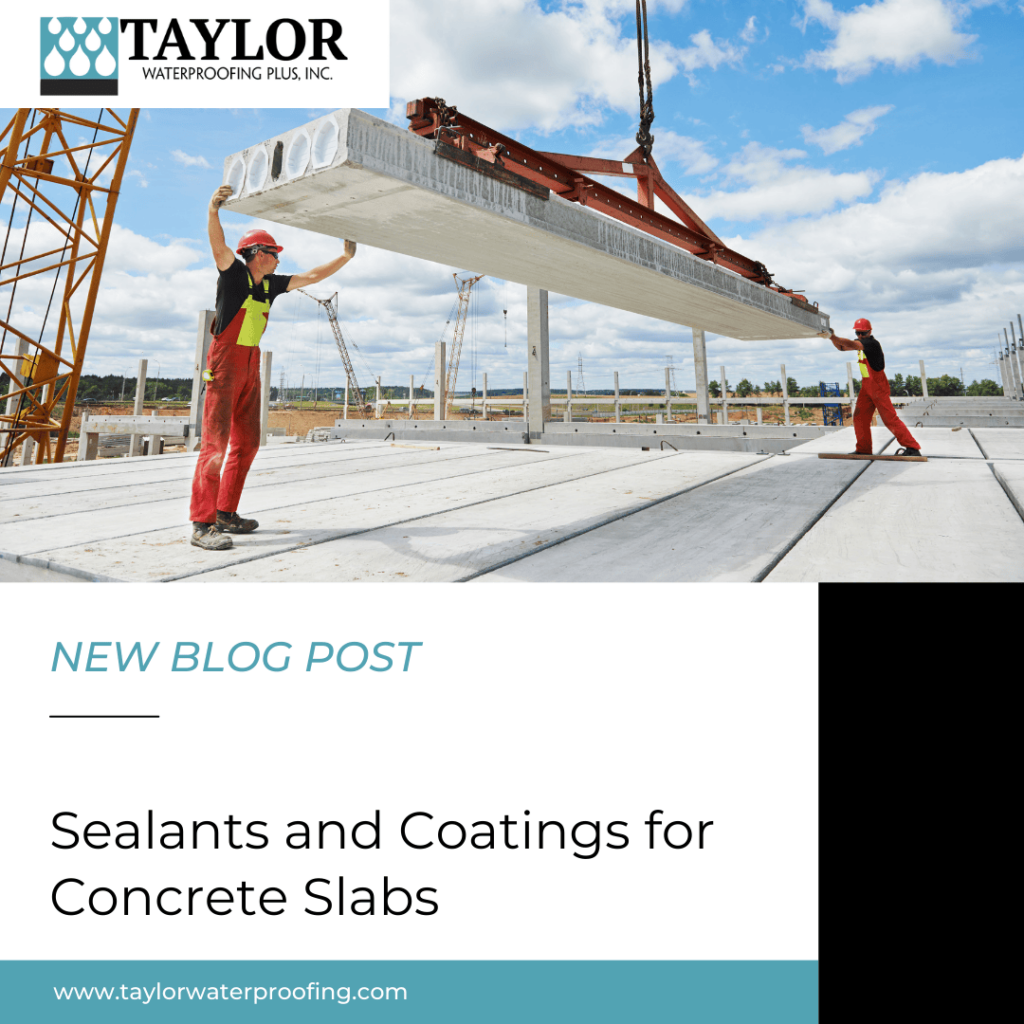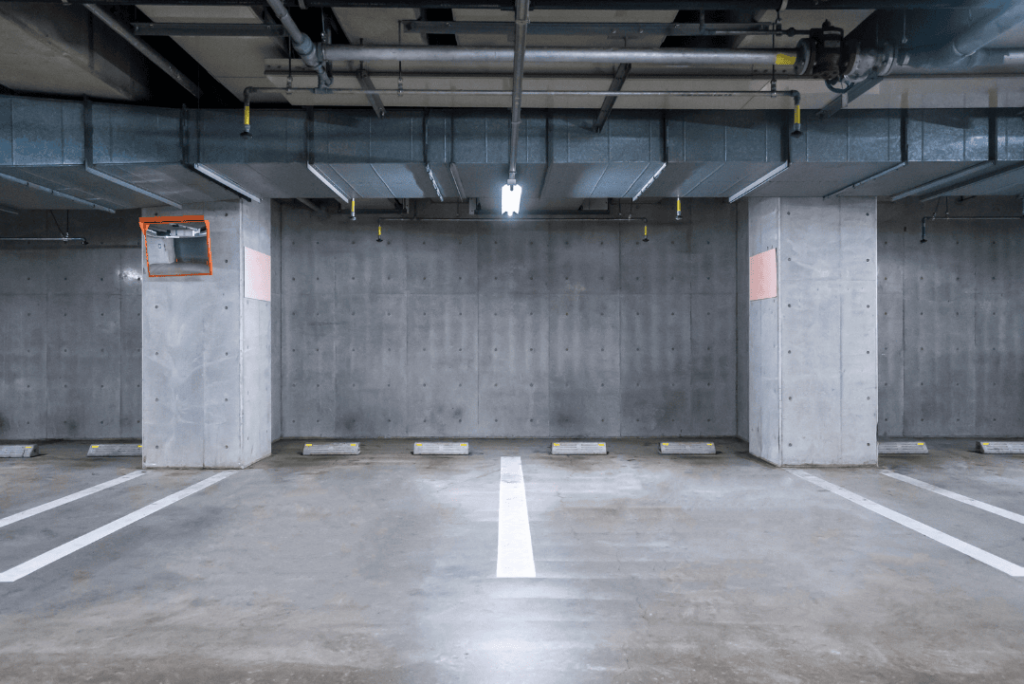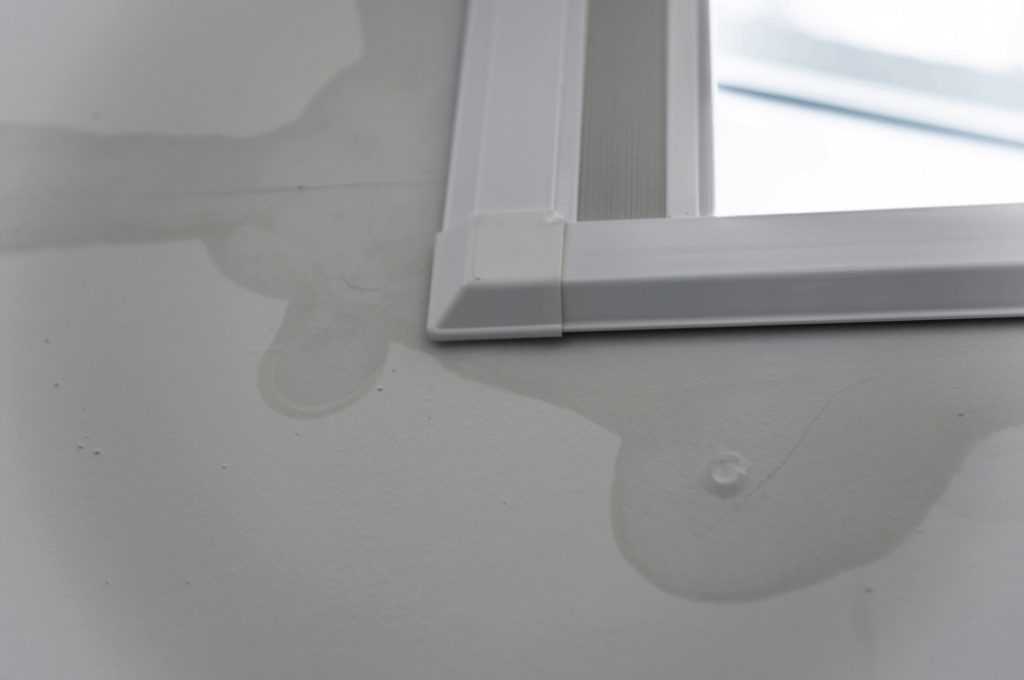Sealants have many roles in commercial waterproofing. They are used to seal joints, gaps, concrete, windows, walls, and doors. Sealants protect against water infiltration, air loss, and corrosion. They are the first line of defense when it comes to protecting your building. Sealant removal and replacement are essential in maintaining a watertight building and preventing costly damage.
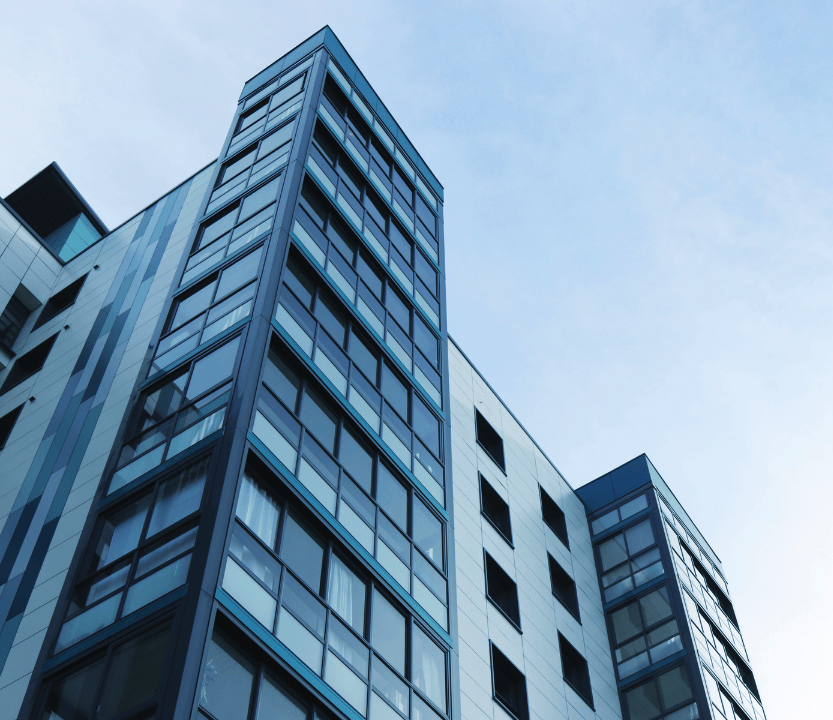
Why Sealants Need to be Replaced
UV Degradation – While many sealants protect against UV damage, the constant exposure can break down the sealants.
Building Movement – As a building moves and settles, the sealant is stretched and compressed. If stretched beyond its limits, it can lose elasticity.
Age of the Sealant – The lifespan depends on the type of sealant and the location, but sealants can last anywhere from 5 to 20 years.
Signs that it’s Time for a Sealant Removal and Replacement
To ensure your waterproofing systems are up-to-date and watertight, we recommend having your building checked at least once a year. While a professional will perform the sealant removal and replacement, there are some signs to look out for.
- Cracking or Splitting
- Gaps Between the Sealant and the Building Material
- Water Intrusion or Leaks
- Stains on Walls, Ceilings, or Floors
- Cracked or Chipped Concrete
Sealant Removal and Replacement Process
- Identify Failing Sealants and Plan: The first step is to identify the failing sealant and determine what sealant will replace it. Our team will look at what material it is being applied to, what elements the area is exposed to, and the desired color or look, and recommend the best sealant or coating for the job.
- Sealant Removal: There are a few ways to remove old sealant. The technique will depend on where the sealant is located, but it is often removed with utility knives, scrapers, or grinders. For outdoor applications where it is applicable, waterblasting may be used to remove the sealant.
- Clean the Surface: To ensure optimum adhesion, the surface must be thoroughly cleaned, and a primer is often applied.
- Apply the New Sealant: Common commercial sealants include silicone, polyurethane, and acrylic.
While sealants are great at protecting commercial buildings from water infiltration, sealant removal and replacement are inevitable. Even the most durable sealant will degrade with age. Having your waterproofing systems checked and updated will ensure your building is watertight.
Contact us today through our website here or call 713-699-4777 to talk to one of our waterproofing experts about your building’s waterproofing needs.
Check out our blog here to learn more about the services we offer.


